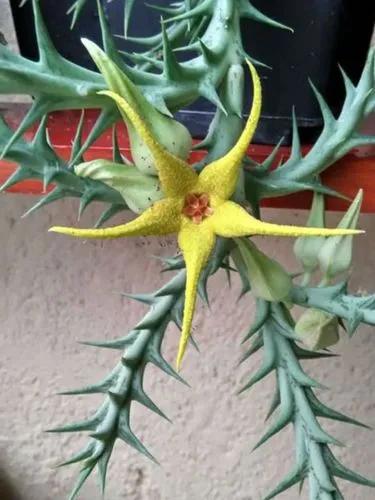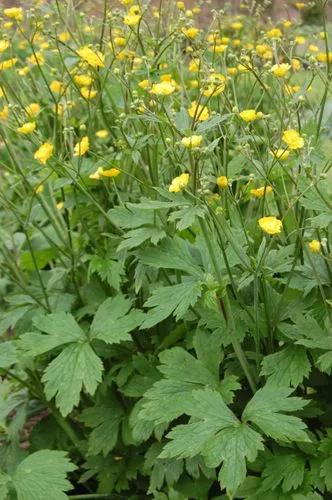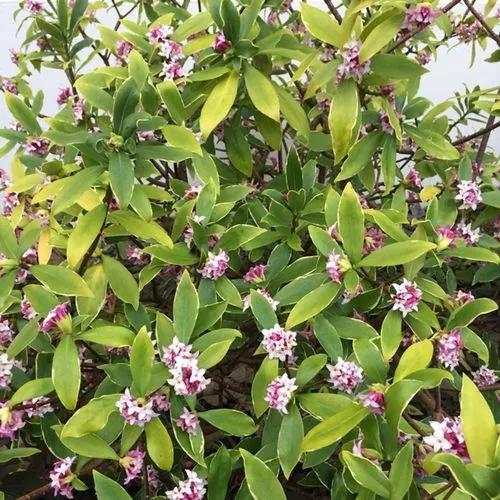Common bird's-foot is native to the Mediterranean region and introduced to southern Africa, Australia, and other regions, where it is sometimes cultivated as a forage crop. North American collections of this species are from New York and eastern Massachusetts only.
Common Bird'S-Foot Care
Ornithopus sativus



What is the plant
Ornithopus sativus is a ANNUAL/PERENNIAL growing to 0.7 m (2ft 4in). The species is hermaphrodite (has both male and female organs). It can fix Nitrogen. Suitable for: light (sandy), medium (loamy) and heavy (clay) soils and can grow in nutritionally poor soil. Suitable pH: acid, neutral and basic (alkaline) soils. It can grow in semi-shade (light woodland) or no shade. It prefers moist soil.
This plant might be poisonous
How to get rid of:
Related Plants
Discover more plants with the list below
Popular articles






